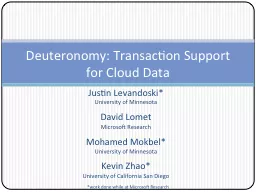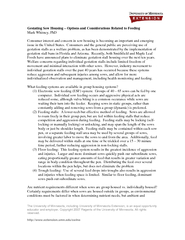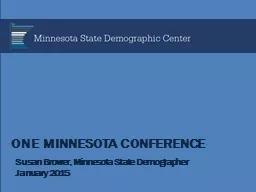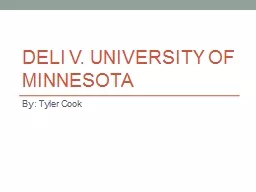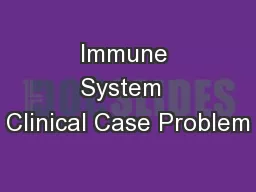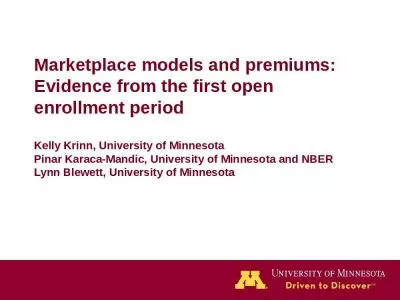PPT-Justin Levandoski* University of Minnesota
Author : ellena-manuel | Published Date : 2019-03-15
David Lomet Microsoft Research Mohamed Mokbel University of Minnesota Kevin Zhao University of California San Diego Deuteronomy Transaction Support for Cloud Data
Presentation Embed Code
Download Presentation
Download Presentation The PPT/PDF document "Justin Levandoski* University of Minneso..." is the property of its rightful owner. Permission is granted to download and print the materials on this website for personal, non-commercial use only, and to display it on your personal computer provided you do not modify the materials and that you retain all copyright notices contained in the materials. By downloading content from our website, you accept the terms of this agreement.
Justin Levandoski* University of Minnesota: Transcript
Download Rules Of Document
"Justin Levandoski* University of Minnesota"The content belongs to its owner. You may download and print it for personal use, without modification, and keep all copyright notices. By downloading, you agree to these terms.
Related Documents

